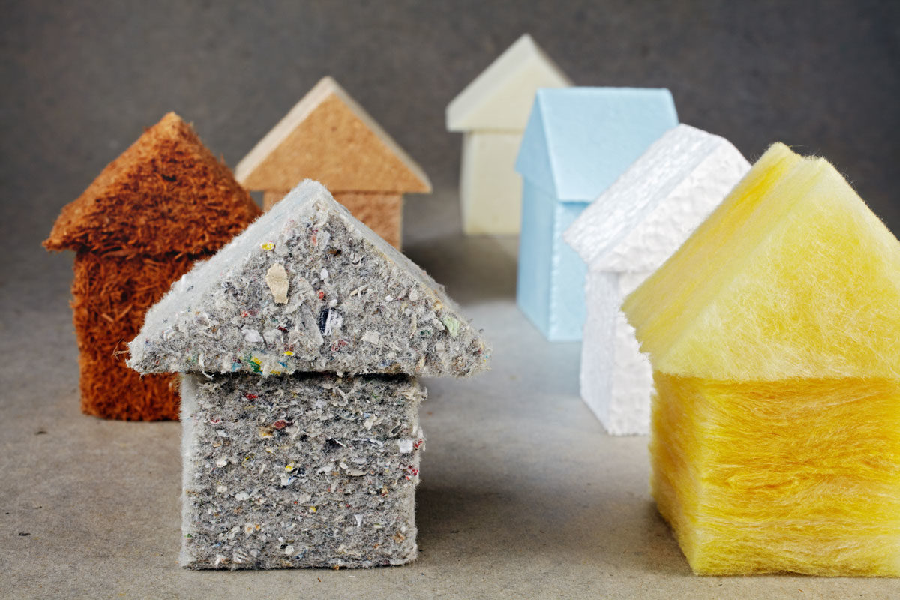Insulating your home is one of the best things you can do to improve energy efficiency and create a comfortable indoor environment all year round.
Check out the expert tips below to ensure you reap maximum benefits from your insulation.
1. The most important areas of your home to insulate
The most important areas to insulate are the areas where the most heat loss and gain occurs. According to Your Home, the roof is responsible for as much as 30% of a home’s heat loss and gain, followed by exterior walls at 25% and floors at 10%.
It’s also important to insulate the interior walls and between floors of multi-storey homes. Insulation in these areas will slow down heat transfer between rooms for more effective heating and cooling. For example, if you are running a heater in the living room, internal wall insulation will help prevent heat from escaping to other areas of the home.
2. The best time to install insulation
The ideal time to install insulation is during the construction phase or a major renovation. In new builds, insulation is installed before the flooring is laid and before plaster is hung on the walls and ceilings.
Retrofitting wall insulation is best done during a major renovation when the wall cavities are exposed. Ceiling and underfloor insulation can be installed at any time if there is appropriate access to the areas.
3. Professional vs DIY installation
Professional insulation installers can ensure a high quality, reliable installation. However, many people decide to install insulation themselves to save on labour costs. Before starting a DIY project, it’s important that you understand the appropriate safety measures and best installation techniques.
Traditional glasswool (aka fiberglass) insulation can cause irritation to the skin and eyes. However, thanks to modern technology, products such as Earthwool batts are much more pleasant to touch, with virtually none of the itch factor of traditional glasswoolbatts.
4. Insulate for acoustic benefits
Although the main function of insulation is to reduce the transfer of heat, insulation can also help you create a peaceful and quiet home environment. Specialised acoustic insulation in the walls, floors and ceiling absorbs sound waves and prevents them from passing from room to room.
Acoustic insulation will reduce outdoor noises such as traffic, neighbours and barking dogs from entering your home. In the internal walls, acoustic insulation will help create private and peaceful rooms for all members of the household.
5. Other ways to insulate your home
Pair insulation batts with other techniques for maximum thermal benefits.
- Ensure your home is draught free by sealing up any gaps and cracks around your doors, windows and floors.
- Insulate your hot water pipes to prevent heat loss into the surrounding air.
- Consider installing double glazed windows which will help reduce heat and noise transfer.
- Keep your curtains and shutters closed to keep warmth out during the hottest part of the day.
A well insulated home is more comfortable to live in, more energy efficient and better for the environment. With these insulation techniques and tips, you’ll notice the difference in no time!

